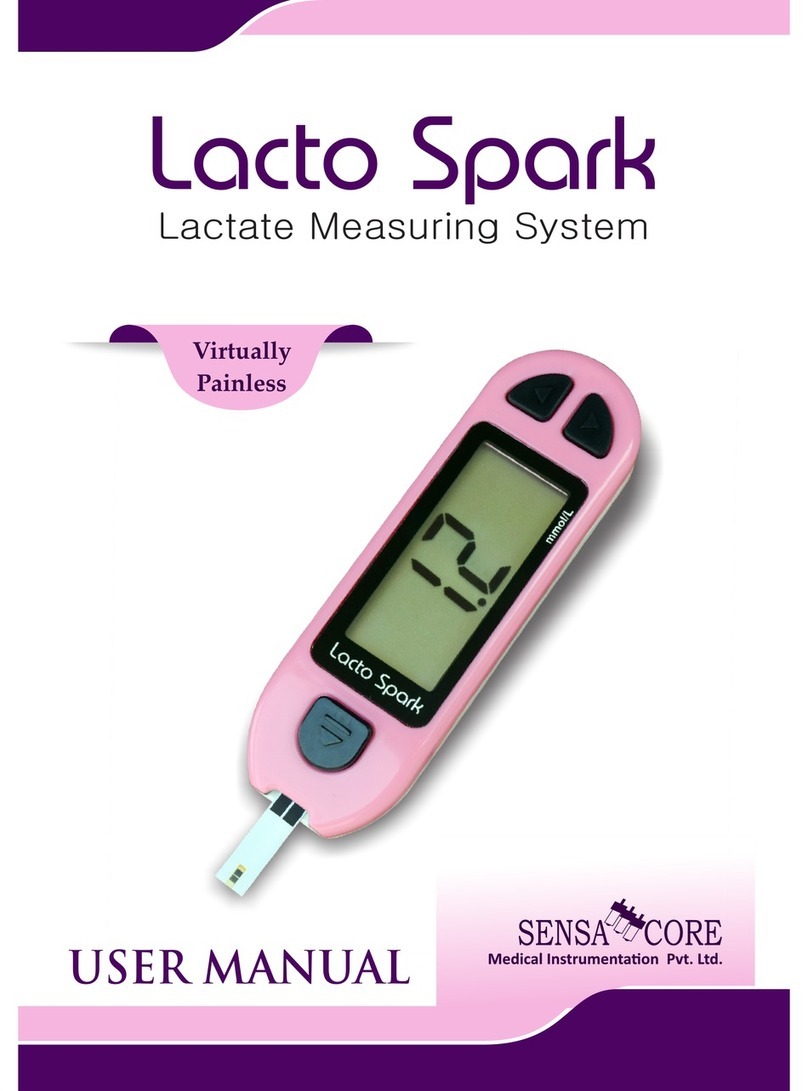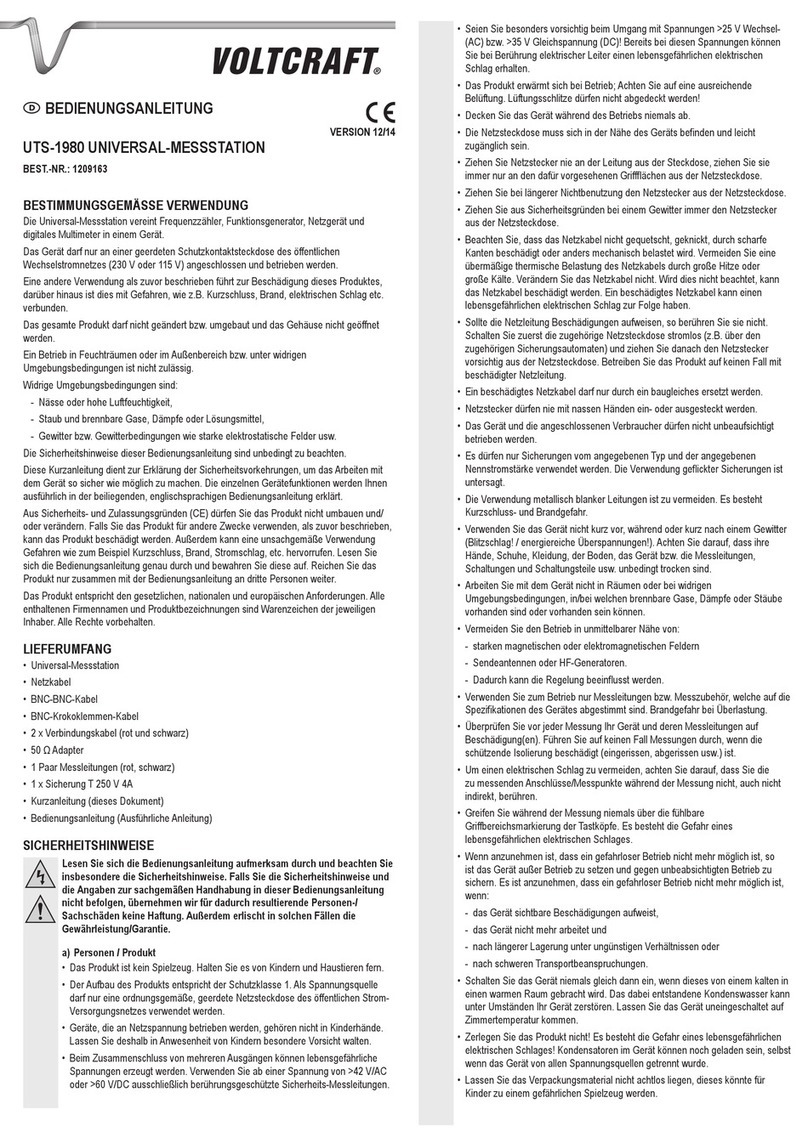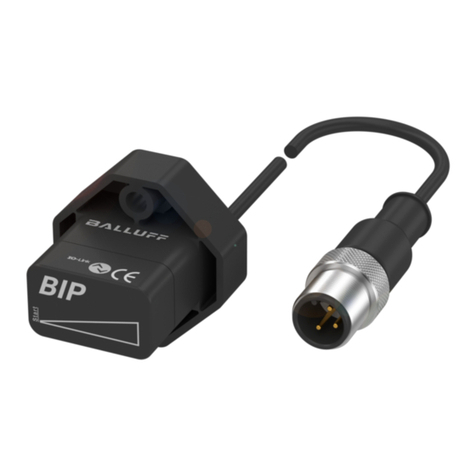Eurotherm Chessell 394 User manual

394
ε
EUROTHERM
CHESSELL
Model 394
Chart recorder
Installation and
operation manual
394

Eurotherm Recorders hereby declares that the above products conform to the safety and
EMC specifications listed. Eurotherm Recorders further declares that the above products
comply with the EMC Directive 89 / 336 / EEC amended by 93 / 68 / EEC, and also with
the Low Voltage Directive 73 /23 / EEC
Declaration of Conformity
Signed for and on behalf of Eurotherm Recorders
Peter De La Nougerède
(Technical Director)
Signed: Dated:
IA249986U130 Issue 1 Mar 98
Manufacturer's name: Eurotherm Recorders Incorporated
Manufacturer's address One Pheasant Run,
Newtown Industrial Commons,
Newtown, PA 18940 USA.
Product type: Industrial chart recorder
Model: 394 (Status level B2 or higher)
Safety specification: EN61010-1: 1993 / A2:1995
EMC emissions specification: EN50081-2 (Group1; Class A)
EMC immunity specification: EN50082-2
All rights are strictly reserved. No part of this document may be reproduced, stored in a retrieval
system or transmitted in any form, or by any means, without the prior, written, permission of the
copyright owner.
Eurotherm Recorders Inc. reserves the right to alter the specification of its products from time to time
without prior notice. Although every effort has been made to ensure the accuracy of the information
contained herein, it is not warranted or represented by Eurotherm Recorders Inc. to be a complete or
up-to-date description of the product.
© 1999 Eurotherm Recorders Inc.

MULTIPOINT CIRCULAR-CHART RECORDER INSTALLATION AND OPERATION MANUAL
Section i
Page i - 1
HA250385
Issue 4 Feb 99
Circular Chart Recorder
Installation and Operation Manual
Overall contents list
Section Page
(Continued)
SECTION i PREAMBLE......................................................... i - 1
SAFETY NOTES ........................................................................ i - 3
SECTION 1 INSTALLATION.................................................. 1 - 1
1.1 UNPACKING THE RECORDER ............................................. 1 - 2
1.2 INSTALLATION................................................................... 1 - 2
1.3 CHANGING THE CHART.................................................... 1 - 7
1.4 CHANGING THE CARTRIDGE............................................. 1 - 8
SECTION 2 BASIC OPERATION ........................................... 2 - 1
2.1 POWER UP ....................................................................... 2 - 2
2.2 BACKGROUND DISPLAY .................................................... 2 - 2
2.3 ALARM INDICATION.......................................................... 2 - 3
2.4 KEY/DISPLAY FUNCTIONS ................................................. 2 - 3
2.5 CONFIGURATION EXAMPLE............................................... 2 - 5
SECTION 3 OPERATOR MENUS........................................... 3 - 1
3.1 INTRODUCTION................................................................ 3 - 3
3.2 TOP LEVEL OPERATOR MENUS ........................................... 3 - 3
3.3 CHART SUBMENU ............................................................. 3 - 3
3.4 ALARM SUMMARY PAGE.................................................... 3 - 5
3.5 ALARM SETUP PAGE .......................................................... 3 - 6
3.6 ACTION ........................................................................... 3 - 6
3.7 CLOCK ............................................................................. 3 - 6
3.8 SYSTEM ERROR .................................................................. 3 - 7
3.9 CONFIGURATION .............................................................. 3 - 7
3.10 CALIBRATE CHART ........................................................... 3 - 8
3.11 OPERATOR MENUS SUMMARY......................................... 3 - 9
SECTION 4 CONFIGURATION ............................................. 4 - 1
4.1 INTRODUCTION................................................................ 4 - 3
4.2 CONFIGURATION TECHNIQUES ........................................ 4 - 7
4.3 INSTRUMENT CONFIGURATION ........................................ 4 - 8
4.4 CHART CONFIGURATION .................................................. 4 - 9
4.5 CHANNEL CONFIGURATION .............................................. 4 - 11
4.7 OPERATOR ACTION CONFIGURATION............................... 4 - 21
4.8 CLOCK CONFIGURATION ................................................. 4 - 21
4.9 MESSAGE CONFIGURATION ............................................. 4 - 22
4.10 INTERNAL EVENTS .......................................................... 4 - 23
4.11 CONFIGURATION TRANSFER ........................................... 4 - 25
4.12 NOT USED...................................................................... 4 - 26
4.13 OPERATOR ACCESS ........................................................ 4 - 26
4.14 ADJUST........................................................................... 4 - 27
4.15 DEFAULT CONFIGURATION .............................................. 4 - 28
4.16 CONFIGURATION MENUS SUMMARY .............................. 4 - 30

HA250385
Issue 2 Mar 98
Section i
Page i - 2
MULTIPOINT CIRCULAR-CHART RECORDER INSTALLATION AND OPERATION MANUAL
List of contents (Cont.)
Section Page
SECTION 5 REFERENCE....................................................... 5 - 1
5.1 COSHH ............................................................................ 5 - 3
5.2 ERROR MESSAGES ............................................................ 5 - 5
5.3 LIST OF EFFECTIVE PAGES .................................................. 5 - 6
5.4 GLOSSARY OF TERMS ....................................................... 5 - 7
ANNEX A TECHNICAL SPECIFICATION................................. A - 1
A1 TECHNICAL SPECIFICATION (RECORDER)............................. A - 2
A2 TECHNICAL SPECIFICATION (INPUT BOARD) ........................ A - 3
A3 TECHNICAL SPECIFICATION (RELAY BOARD) ........................ A - 4
INDEX
Questions concerning installation, performance or service should be directed to the company
from which the insturment was purchased.
NOTE

MULTIPOINT CIRCULAR-CHART RECORDER INSTALLATION AND OPERATION MANUAL
Section i
Page i - 3
HA250385
Issue 4 Feb 99
STATIC ELECTRICITY
High voltages (tens of kilo-volts) can be generated on the human skin through a number of mechanisms, such as fric-
tion between different materials (e.g. nylon and skin), and separation of similar materials (e.g. masking tape, nylon
sheet). The gate-oxide region of all metal oxide semiconductors (MOS) is extremely thin, and can be damaged by
voltages as low as 60 Volts. Modern MOS devices have built-in clamp diodes which reduce the incidence of obvious
static damage considerably. It is possible however, even with such clamping diodes, to produce a small rupture in the
oxide layer. This might not destroy the device immediately, but it may result in a gradual reduction in the performance
of the device until, eventually, it fails.
For this reason, the following precautions should be taken when handling any recorder circuit board.
1. Personnel handling MOS devices, or circuit boards containing them, should wear antistatic materials such as
cotton. Nylon clothing should be avoided.
2. All bench tops should be covered with conductive material (104to 105Ohms per square) maintained at the re-
corder chassis potential.
3. Circuit boards removed from a recorder should be placed into a static-safe bag, initially at the recorder chassis
potential, for storage. Before re-fitting the board, the containing bag should again be returned to the recorder
chassis potential.
4. Personnel handling MOS devices, or boards containing them, should wear a wrist strap connected (via a safety
resistor) to the bench top, or if appropriate, to a suitable grounding point on the rack.
5. Leads of MOS devices removed from circuit should be shorted together using conductive foam or similar.
6. MOS devices should not be extracted from or inserted into circuit whilst the circuit board has power applied.
TERMINOLOGY
Antistatic
This term means that the material in question does not of itself generate static electricity. Such materials do not afford
protection against external electric fields.
Static safe
This means that the material in question:
a) does not generate static electricity, and
b) any device enclosed in such material is safe from the effects of external electric fields.
Table of contents
Popular Measuring Instrument manuals by other brands
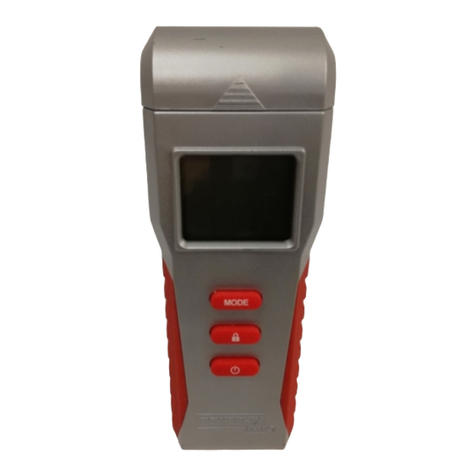
Powerfix Profi
Powerfix Profi 278296 Operation and safety notes

Test Equipment Depot
Test Equipment Depot GVT-427B user manual
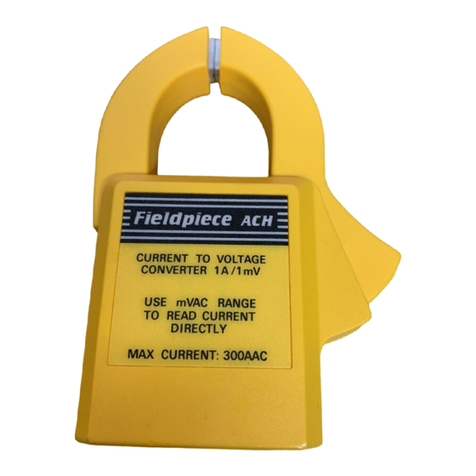
Fieldpiece
Fieldpiece ACH Operator's manual
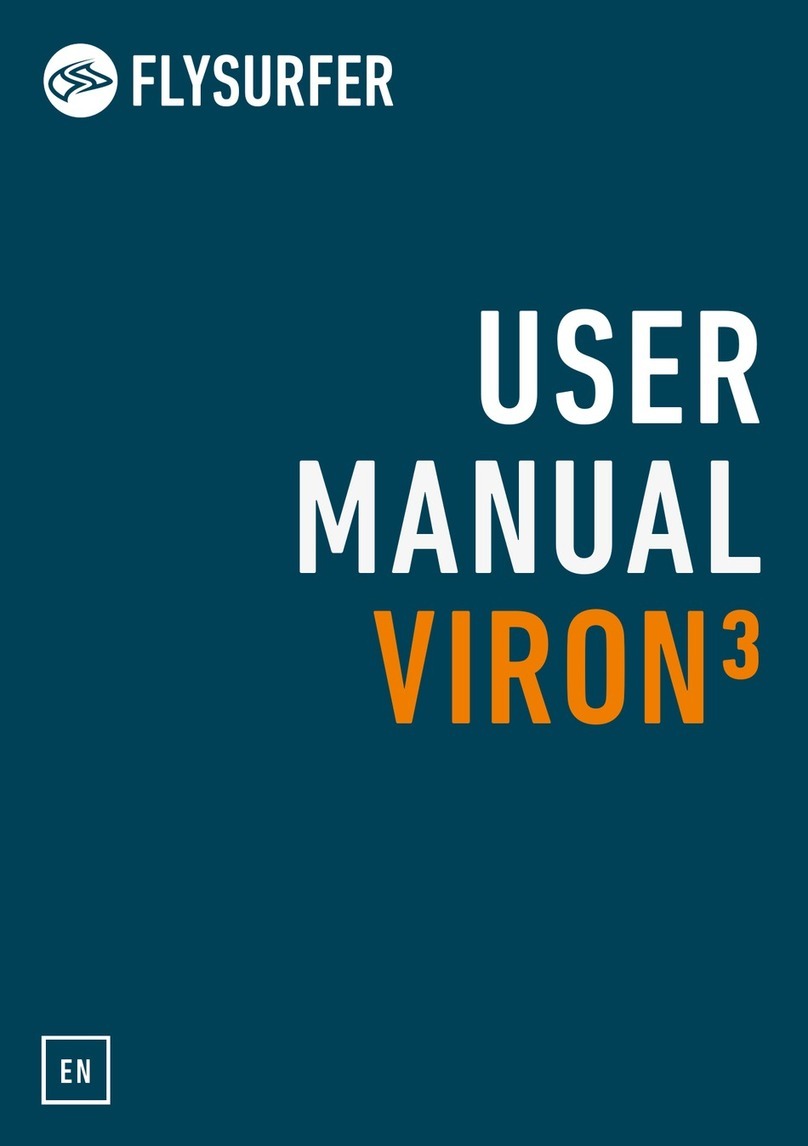
FLYSURFER
FLYSURFER VIRON3 user manual

GMW
GMW TG uni 1 operating manual

Downeaster
Downeaster Wind & Weather Medallion Series instruction manual
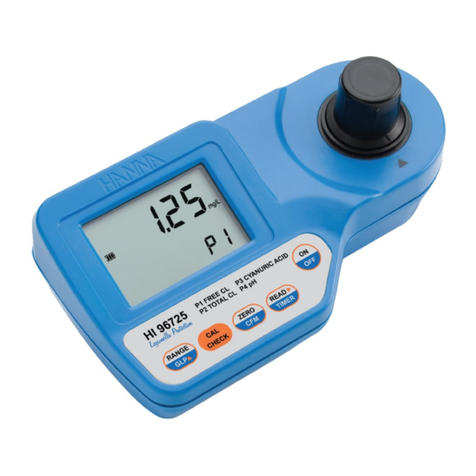
Hanna Instruments
Hanna Instruments HI96725C instruction manual
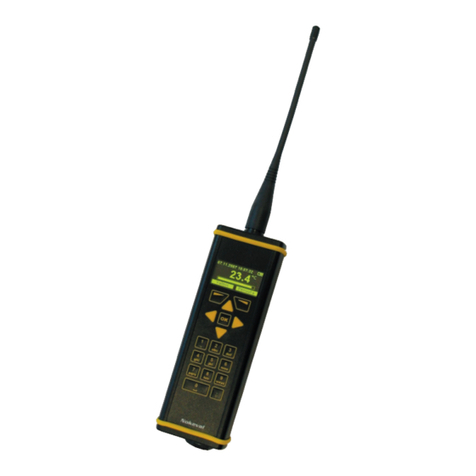
Nokeval
Nokeval KMR260 quick guide
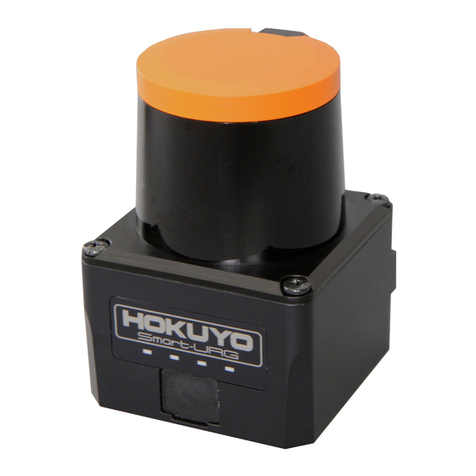
HOKUYO AUTOMATIC
HOKUYO AUTOMATIC UBG-05LN instruction manual
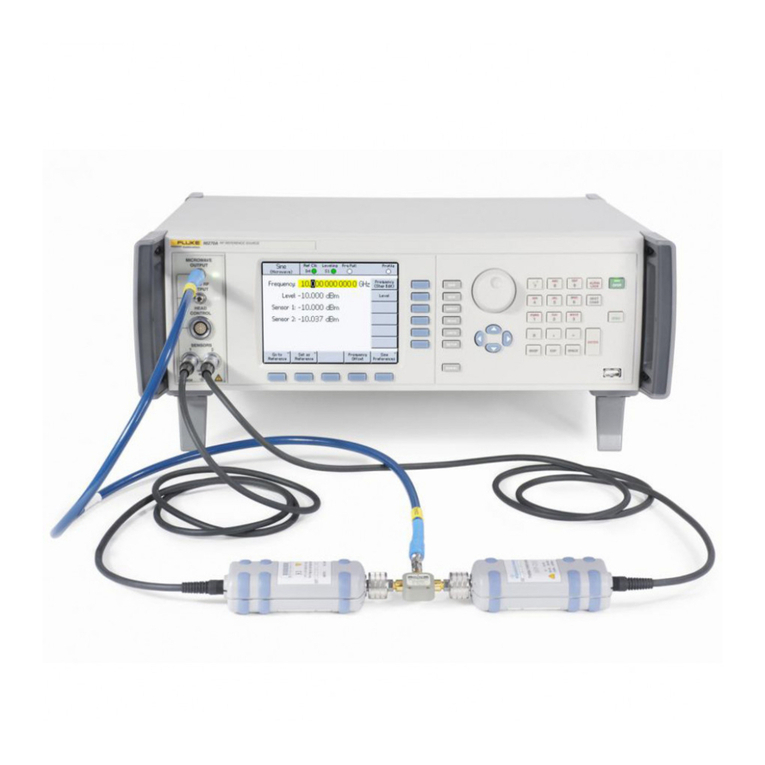
Fluke
Fluke 96000 Series Operator's manual
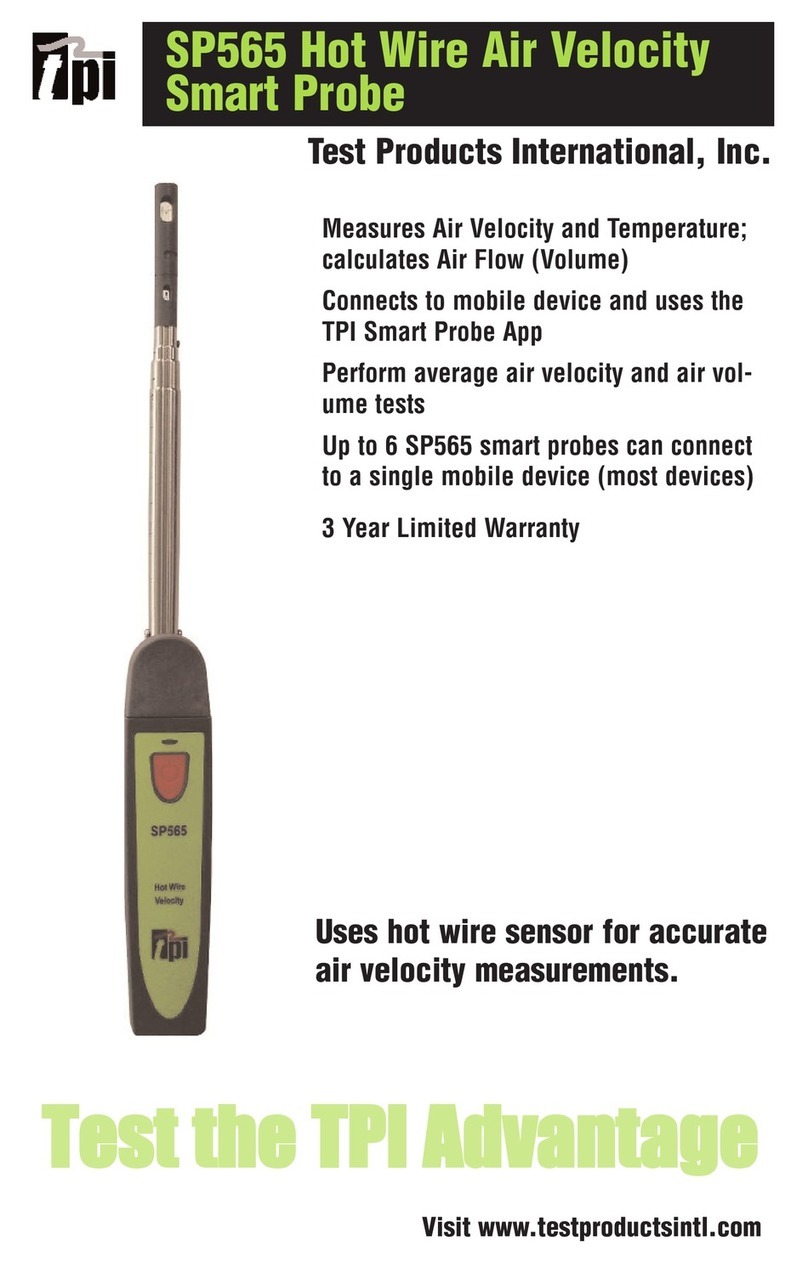
Test Products International
Test Products International SP565 user manual
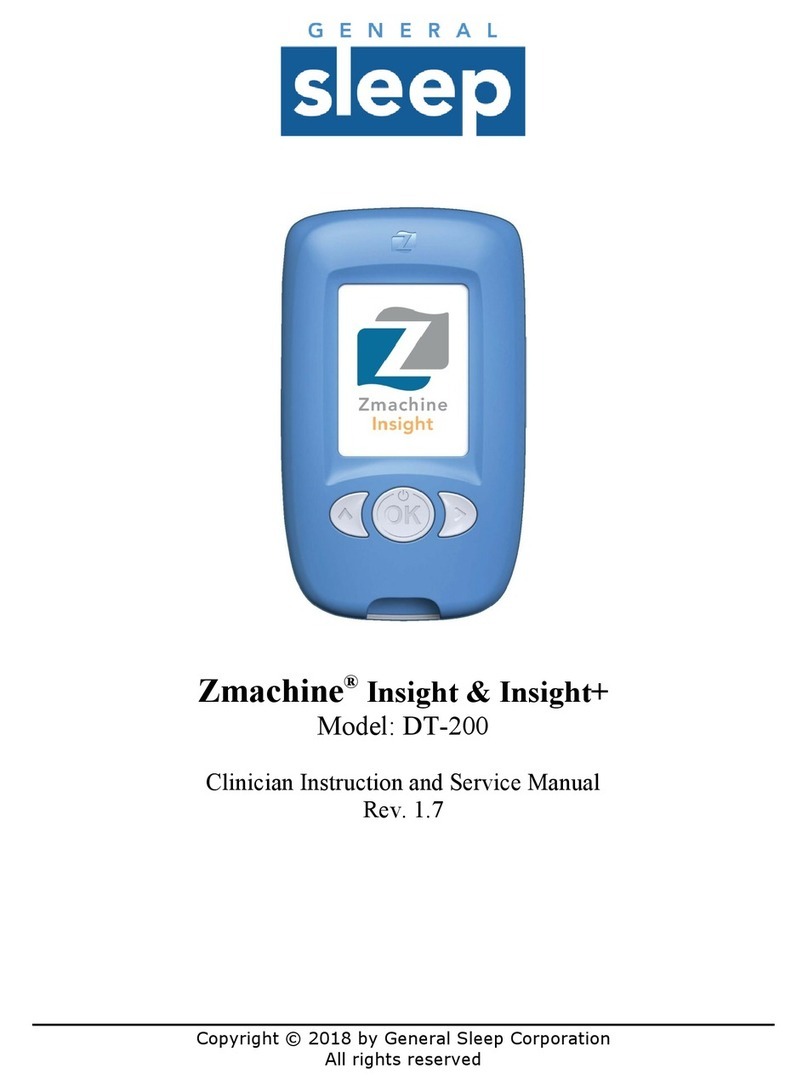
General Sleep
General Sleep Zmachine Insight+ DT-200 Service manual
